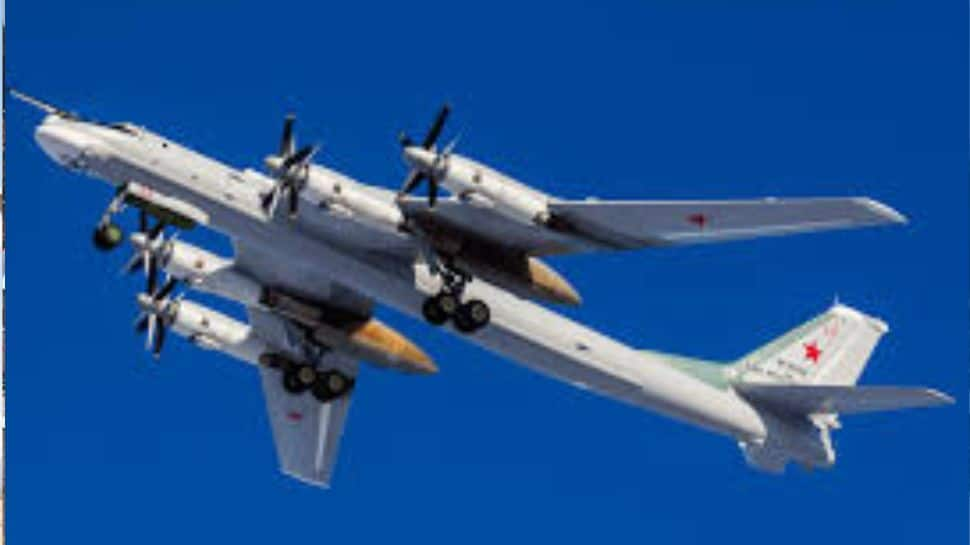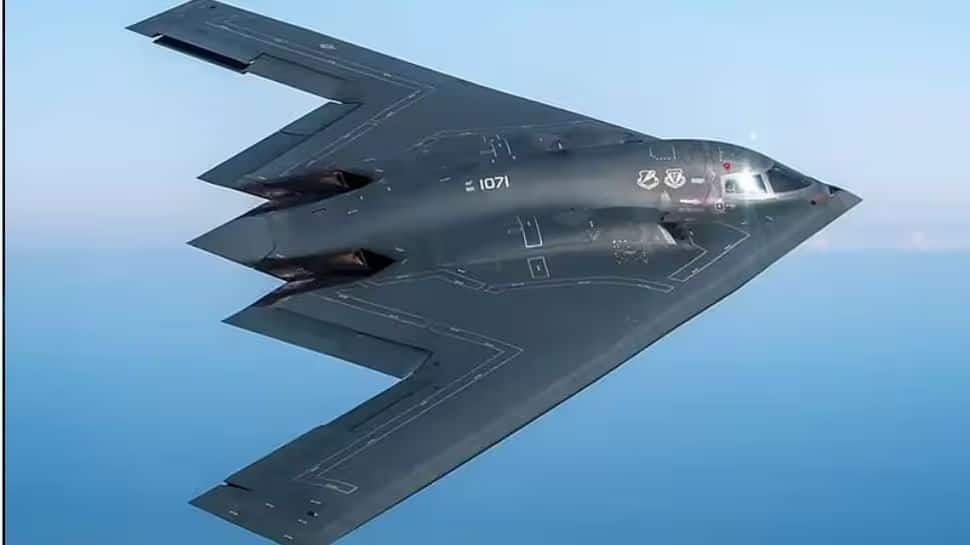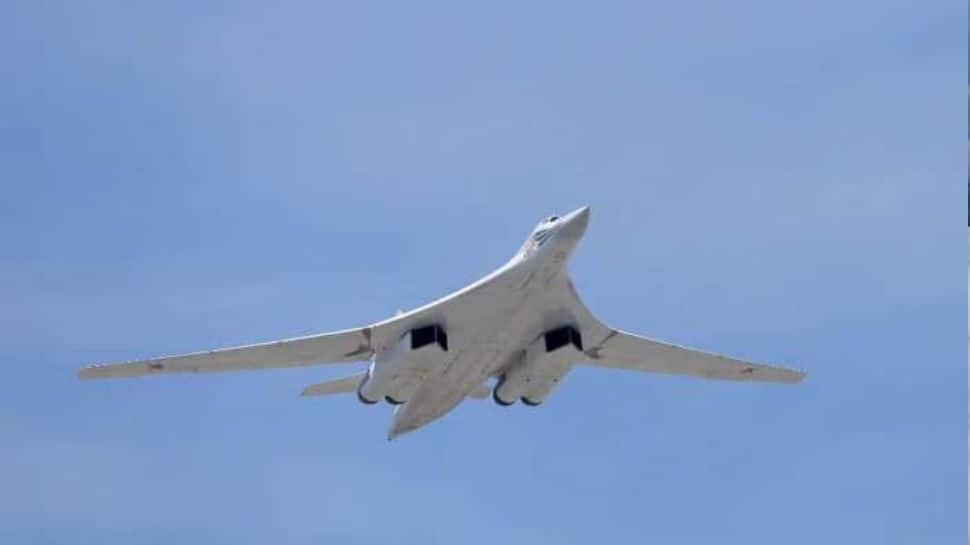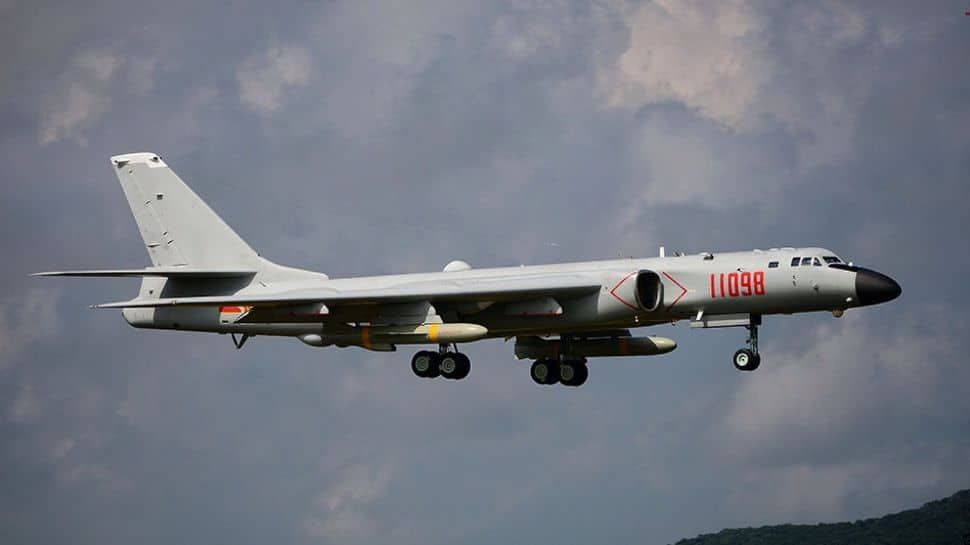)
The Tupolev Tu-22M, NATO reporting name "Backfire," is a supersonic, variable-sweep wing, long-range strategic and maritime strike bomber developed by the Soviet Union in the 1960s. It can carry up to 24,000 kg of weapons, including cruise missiles.

The Tupolev Tu-22M, NATO reporting name "Backfire," is a supersonic, variable-sweep wing, long-range strategic and maritime strike bomber developed by the Soviet Union in the 1960s. It can carry up to 24,000 kg of weapons, including cruise missiles.

The Northrop Grumman B-2 Spirit is a long-range, multi-role stealth bomber designed to penetrate the most sophisticated enemy air defenses and deliver both conventional and nuclear weapons. With a payload capacity exceeding 18,143 kg pounds and an unrefueled range of about 11,112 km.

The Boeing B-52 Stratofortress is a long-range, subsonic strategic bomber capable of carrying up to 32,000 kg of mixed ordnance. It boasts a typical combat range of 14,200 km without aerial refueling.

The Rockwell B-1B Lancer is a supersonic, variable-sweep wing bomber introduced in 1986. Designed for high speed and long range, it carries up to 34,000 kg of ordnance—the largest payload of any U.S. bomber—offering both rapid penetration and efficient cruising.

The Tupolev Tu-160 “Blackjack,” the world’s largest supersonic bomber, is a cornerstone of Russia’s strategic fleet. With a 40,000 kg payload capacity and an unrefueled range of 13,900 km, it can deliver nuclear or conventional weapons on intercontinental missions.

The Xian H-6K is a modern Chinese strategic bomber, based on the Soviet Tu-16, with a payload of up to 9,000 kg and an unrefueled range of about 6,000 km, enabling strikes across the Asia-Pacific region.